A Synagogue, Built to Last, in the ‘DIY’ Spirit of Maine
Congregation Beth El in Bangor has created a number of functional and decorative pieces for its prayer space, from a bima and Torah ark to a ‘tree of life’
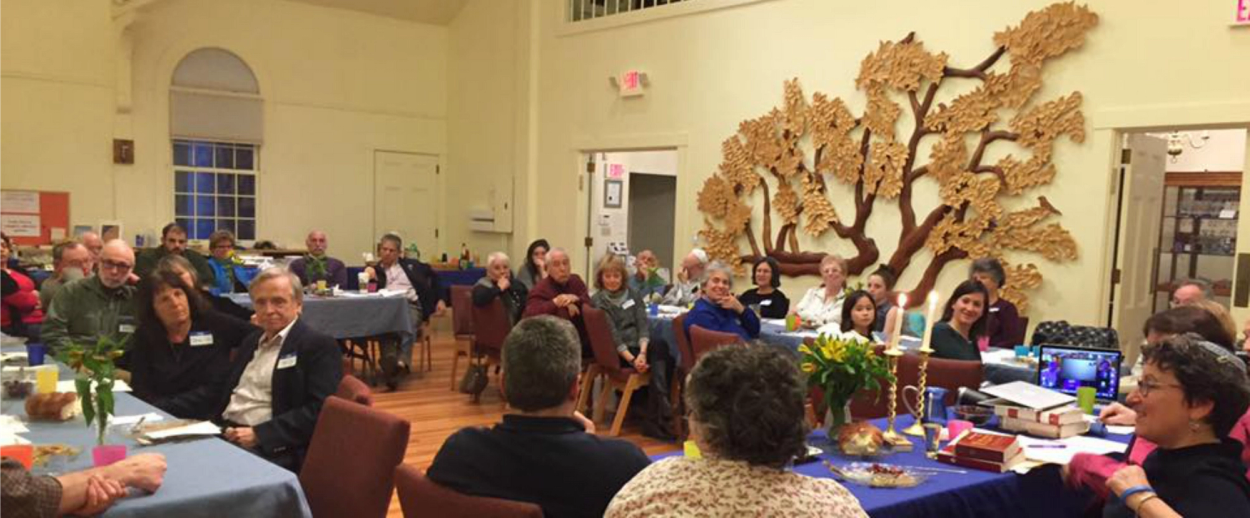
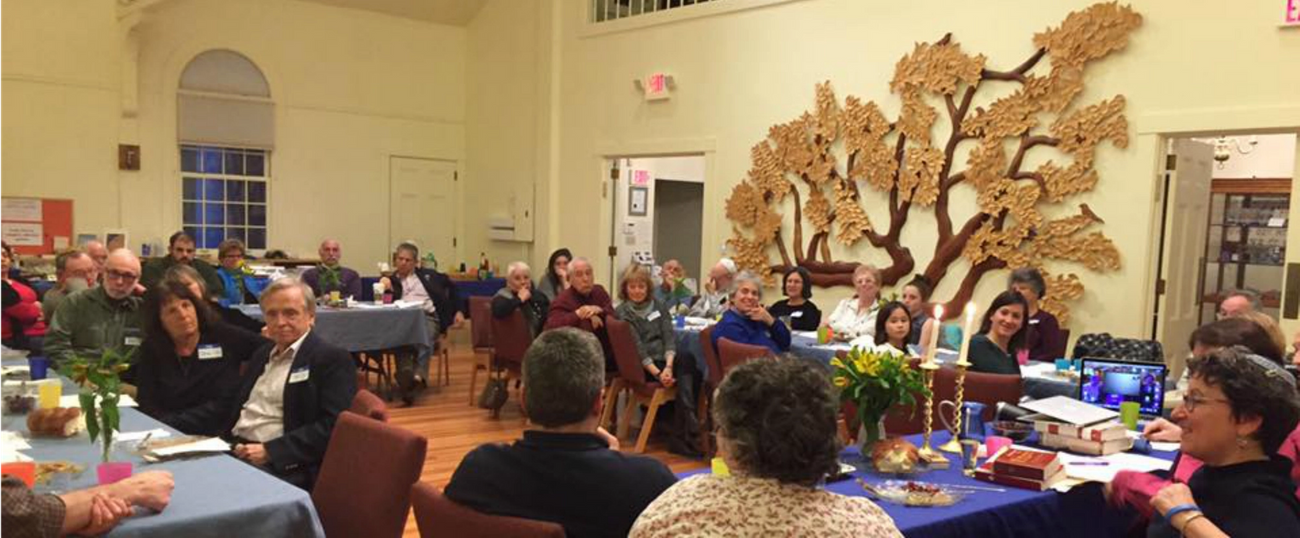


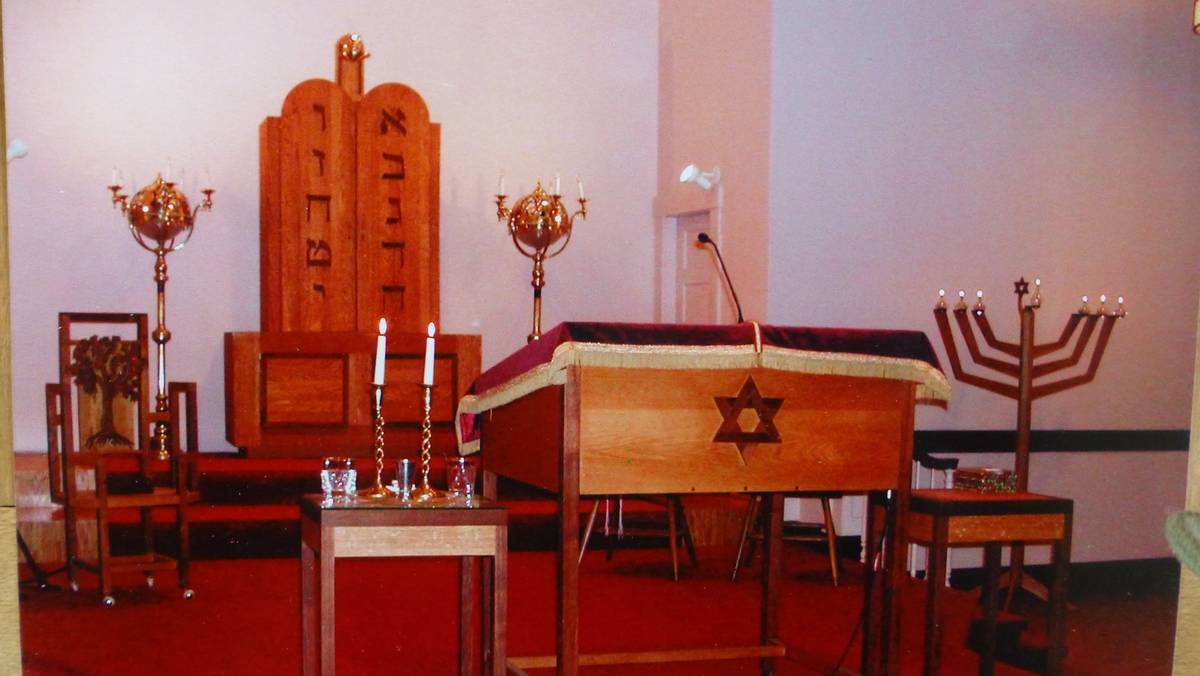
Congregation Beth El in Bangor, Maine, will soon throw one heck of a party. It’s won’t be a bar mitzvah party, or a wedding shindig, or a Purim rager, or a fundraising gala, or any other type of social affair that a synagogue would typically put on. But when the time is right, Congregation Beth El will host an inaugural birthday bash for their newest piece of art, a wood-worked Torah scroll overlaid with the birkat Kohanim in colorful quilting. In addition to welcoming the fresh entryway decor, the celebration will also be a “thank you” to the people who handcrafted this piece from scratch—Beth El’s own congregants.
This isn’t the first time the members of the 110-family congregation have dedicated their time and “sweat equity” to the building. That’s what Mary-Anne Saxl, the current President of Congregation Beth El, calls it. She’s been a member since she was 15, when the synagogue first started in 1981. She recalls the first piece a congregant made. When the group was gifted a 200-year-old Czech Torah that was rescued and restored after World War II, Ed Harrow, a physician and woodworking hobbyist, made an ark for the Torah. But because the congregation didn’t have their own building then—they were using a Unitarian church—Harrow put wheels on the ark, so that the structure could be moved to and from the bima every time easily. The congregation finally was able to afford their own building in 1995, and a meaningful moment was shared when the ark was rolled to its new residence, when its wheels were removed. “It finally found a place of permanence and a home,” Saxl said.
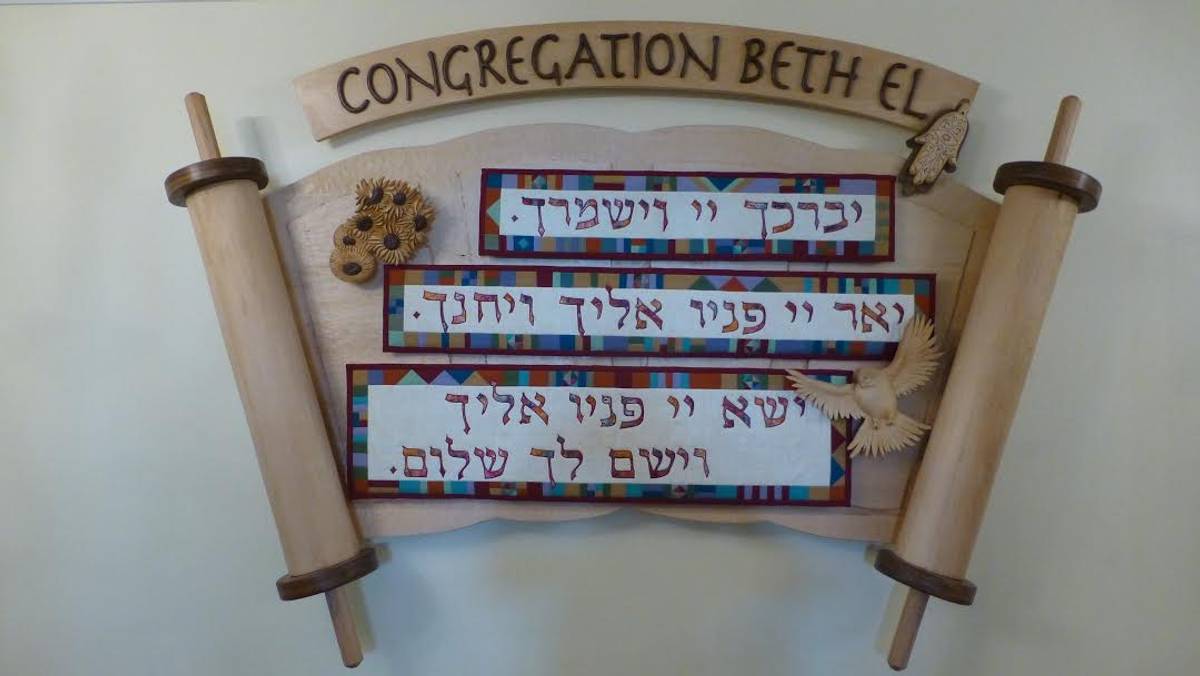
Though the building was formerly a Baptist church, Saxl knew that the space was perfect for them. “We just had to paint over a couple New Testament things and it was good to go!” she said. Still, congregants dedicated their artistic skills to make the new venue their own. Everything from bookcases to photographs on the walls to the solar-powered Ner Tamid were created by Beth El’s own members. Even architects who belonged to the synagogue helped redesign the new area by creating extra rooms for their religious school and a bigger kitchen. Harrow, now in retirement and dedicating his time to woodworking, often comes to the board with ideas for new art pieces. Their response is always, “Oh, that’s lovely, Eddie! Go ahead.”
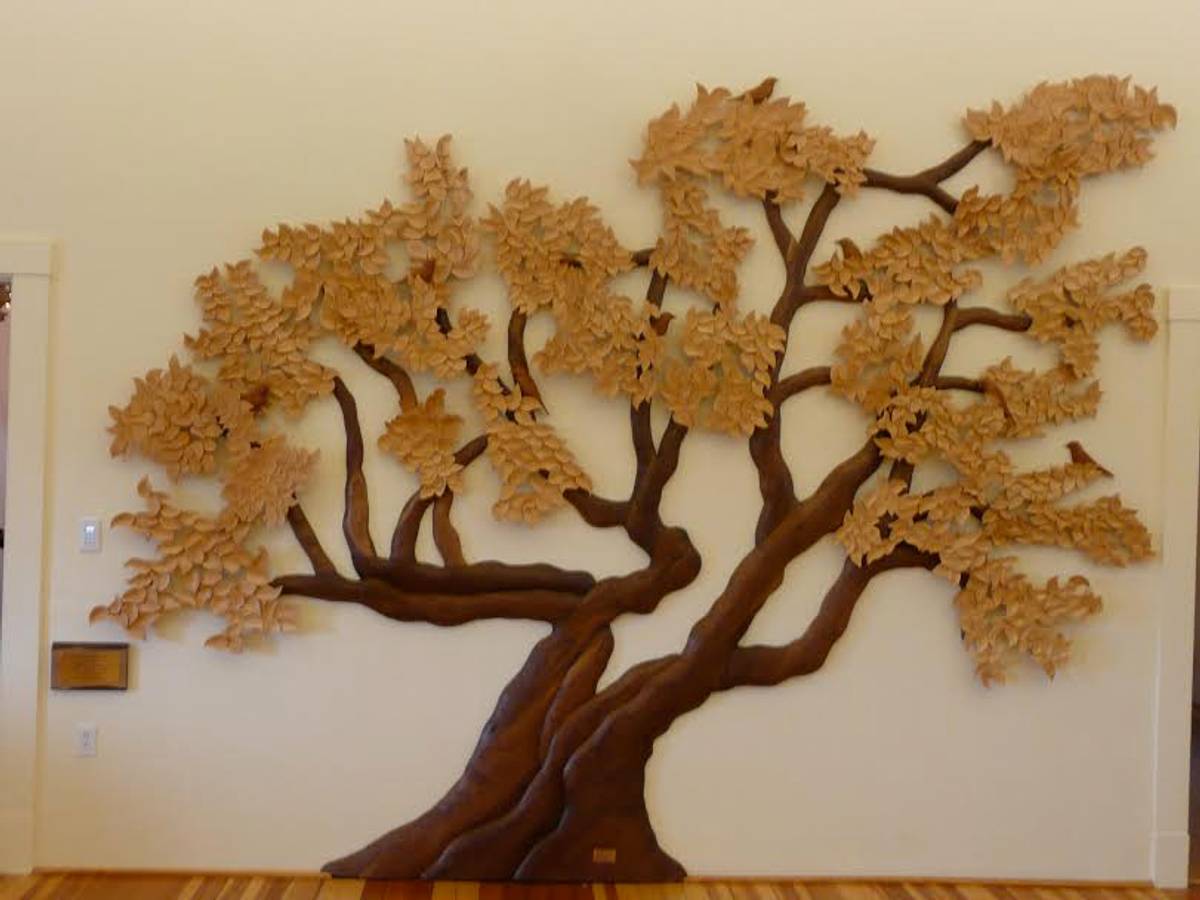
The congregation isn’t stacked with full-time artists, however. They are social workers, engineers, and attorneys, for example, who take it upon themselves to learn a trade as best they can. Saxl explained that the culture of Maine is very “DIY,” and that its members reflect that culture. “We rely on each other,” she said. “We hire out for things we don’t know how to do, like the plumbing. But if we had someone that did know how to do the plumbing, we would do that, too.” Volunteers work to maintain all facets of the synagogue, including their garden and soup kitchen.
Congregants find prayer to be more meaningful when they’re surrounded by their own pieces—a true a labor of love. But for the members of Beth El, it’s not just its outward appearance that makes the place what it is. “If a group of people are praying together, it doesn’t have a needed architecture,” Saxl said. “What makes it a synagogue are the people who pray there.”
Sophie Aroesty is an editorial intern at Tablet.